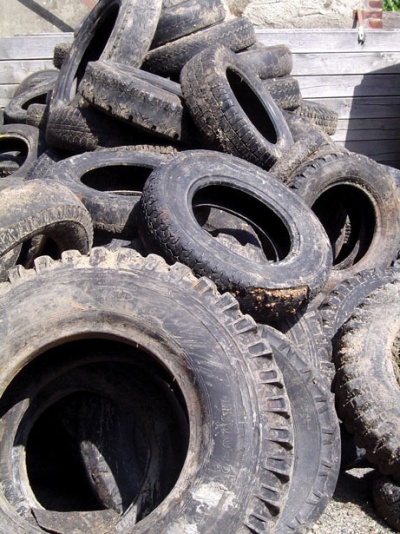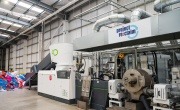Retreading troubles
Resource learns about a threat to one of the UK’s already existing circular economy success stories: tyre retreading

Retreading is the process of giving worn tyres a new life, buffing away worn tread and bonding a new one to the tyre body in a process very similar to the manufacture of a new tyre.
In most cases, the tread rubber is the only worn part of the tyre, with the rest of the structure intact and still suitable for use. Tyres are manufactured to be able to live more than one life, so retreading, which can be done once with car tyres, but two or three times for commercial vehicle tyres and even more for aircraft tyres, makes environmental and economic sense.
Since 2004, retreads have had to be manufactured according to ECE Regulations 108 (car tyres) and 109 (commercial vehicles tyres), meaning tyres are tested to the same load and speed criteria as new tyres, though many UK retreaders had already been working to this standard.
Avoiding the manufacture of new tyres comes, of course, with environmental benefits: on average, according to truck tyre retreader Bandvulc, by extending the life of one worn truck tyre, 44 kilogrammes (kg) of rubber, 68 litres of oil and 182kg of carbon dioxide equivalent are saved.
In 2014, approximately 4.7 million EU commercial retreads were manufactured, with around one million manufactured in the UK. The industry generates €1 billion (£750 million) across
the EU, 60 per cent of which is generated by small and medium- sized enterprises, according to the Retread Manufacturers Association (RMA). The RMA, which represents UK-based manufacturers of retreaded tyres, estimates nearly half of the truck and bus tyres running on UK roads have been retreaded, while over 90 per cent of all aircraft tyres are retreads.
However, the European Tyre and Rubber Manufacturers’ Association (ETRMA) has warned that while the European tyre market is growing in all four sectors (car, truck, agricultural and two-wheel), the retread market has fallen for four consecutive years, with figures expected to fall by another 10 per cent in 2015 to 4.2 million tyres, the lowest figure since 2009.
This, according to the organisations, is due to imports replacing EU-produced tyres, and in November, representatives from the RMA met with ministers from the Department for Business, Innovation & Skills (BIS) to address the ‘devastating’ effect that the ‘dumping’ of cheap, single-use tyres from Asian markets poses to the UK and European retread industries.
 This article was taken from Issue 83
This article was taken from Issue 83Dumping is a trading practice where manufacturers export a product to another country at a price either below that charged in its home market or below its cost of production. The RMA says proof of this practice can be seen by comparing the cost of raw material and the retail price of the Asian exports: for a truck tyre, which typically weighs 60kg, materials cost around £1.16 per kg, giving an overall total cost of approximately £70. These tyres then retail in the market at around £73, leaving a margin of just £3 for manufacturing, transportation, import duty and profit.
The RMA says that without action to allow the retread industry to compete on an equal footing with subsidised imports, the future of the industry’s 2,500 UK employees is under threat. The environment is also at risk: without a successful domestic retread industry, three times more waste truck tyres could be disposed of across the UK.
Goodyear has already announced plans to close its Wolverhampton retread plant in January 2017, with 330 jobs set to be lost. The manufacturer will move production of commercial retreads to existing sites across Europe, Africa and the Middle East. Michelin, meanwhile, plans to restructure operations in the UK, Italy and Germany, closing two retread facilities, to contend with the downturn in demand.
Patrick O’Connell, Chairman of the RMA, who led the tyre industry deputation to BIS, said: “We are calling on the British Government and European Commission to take immediate action on the ‘dumping’ of tyres into the UK and European markets.”




